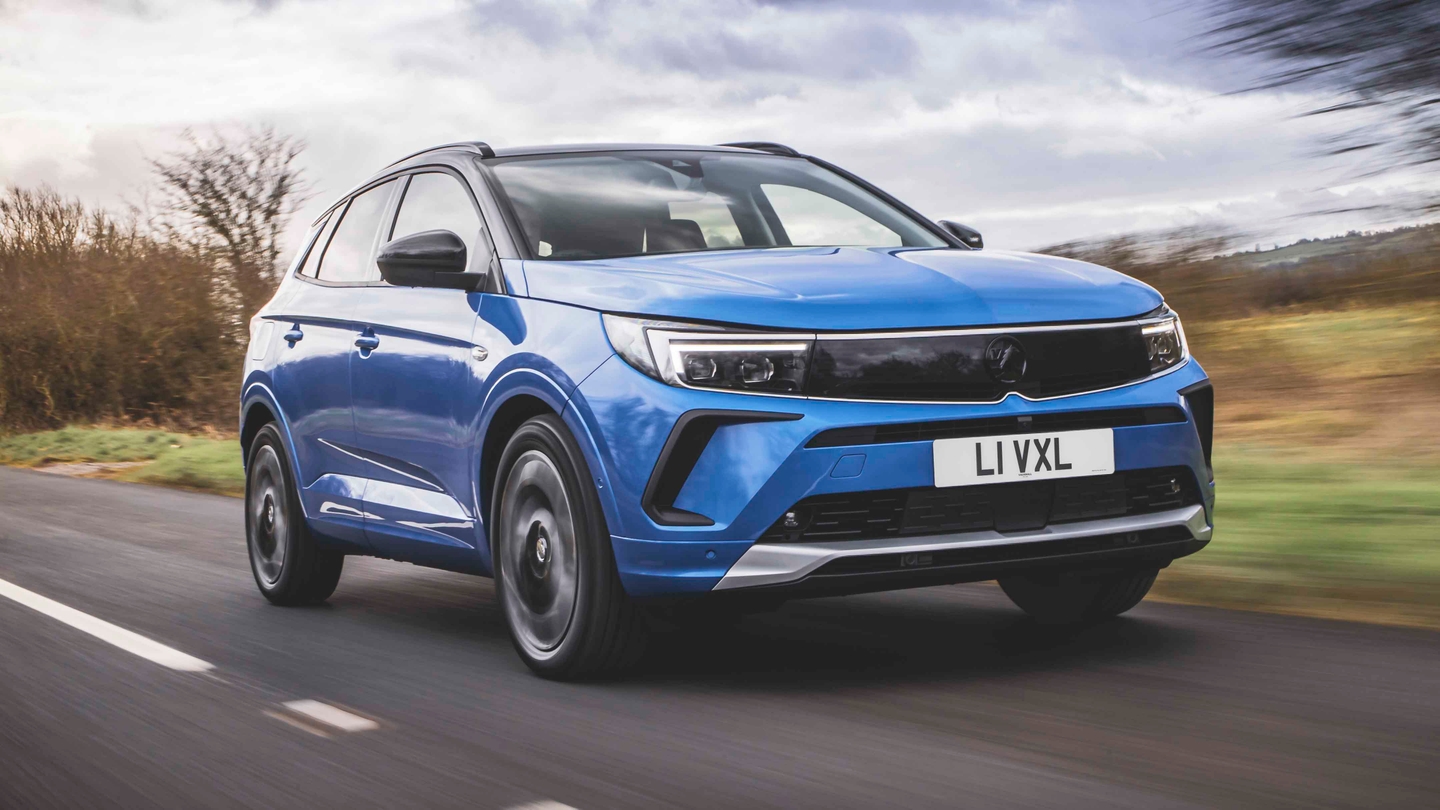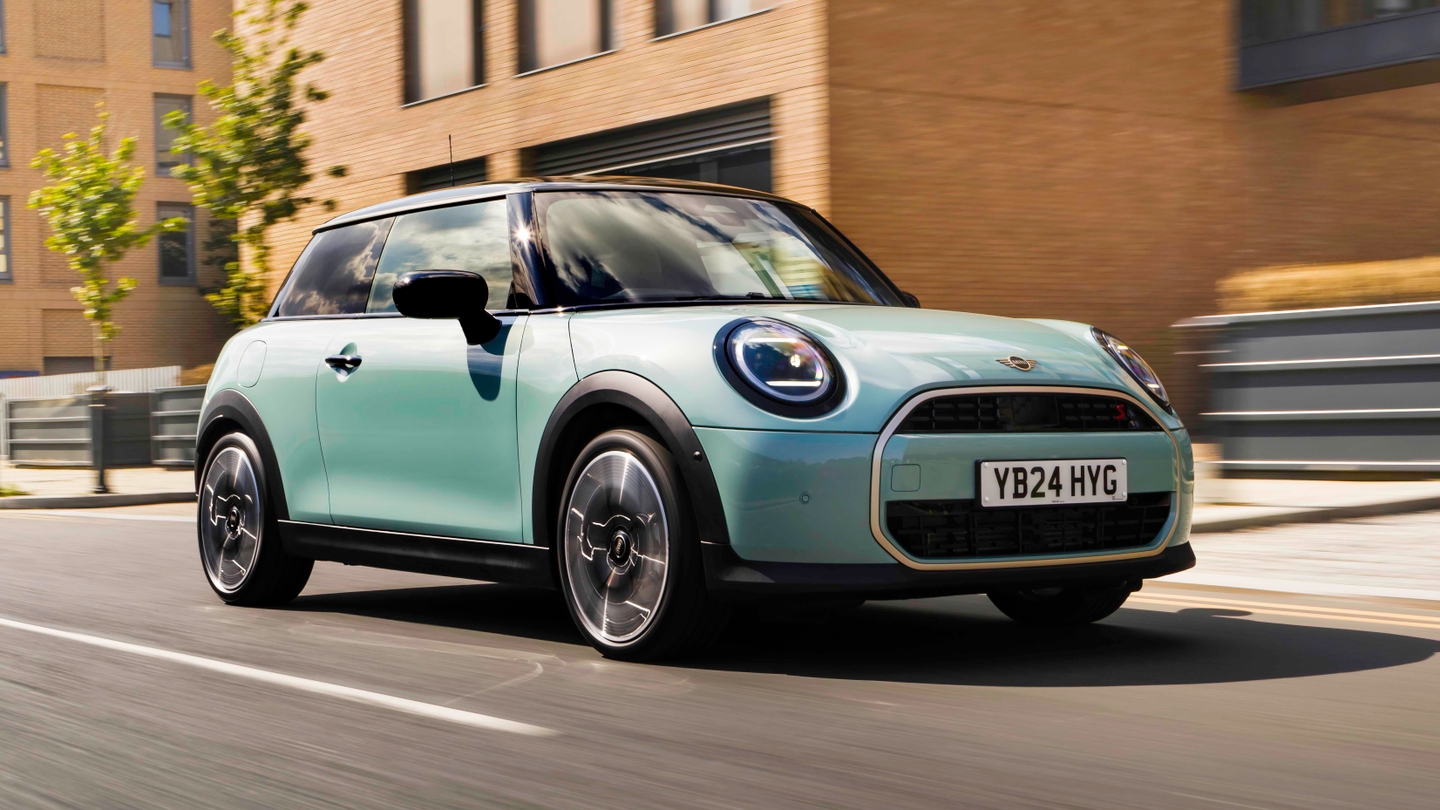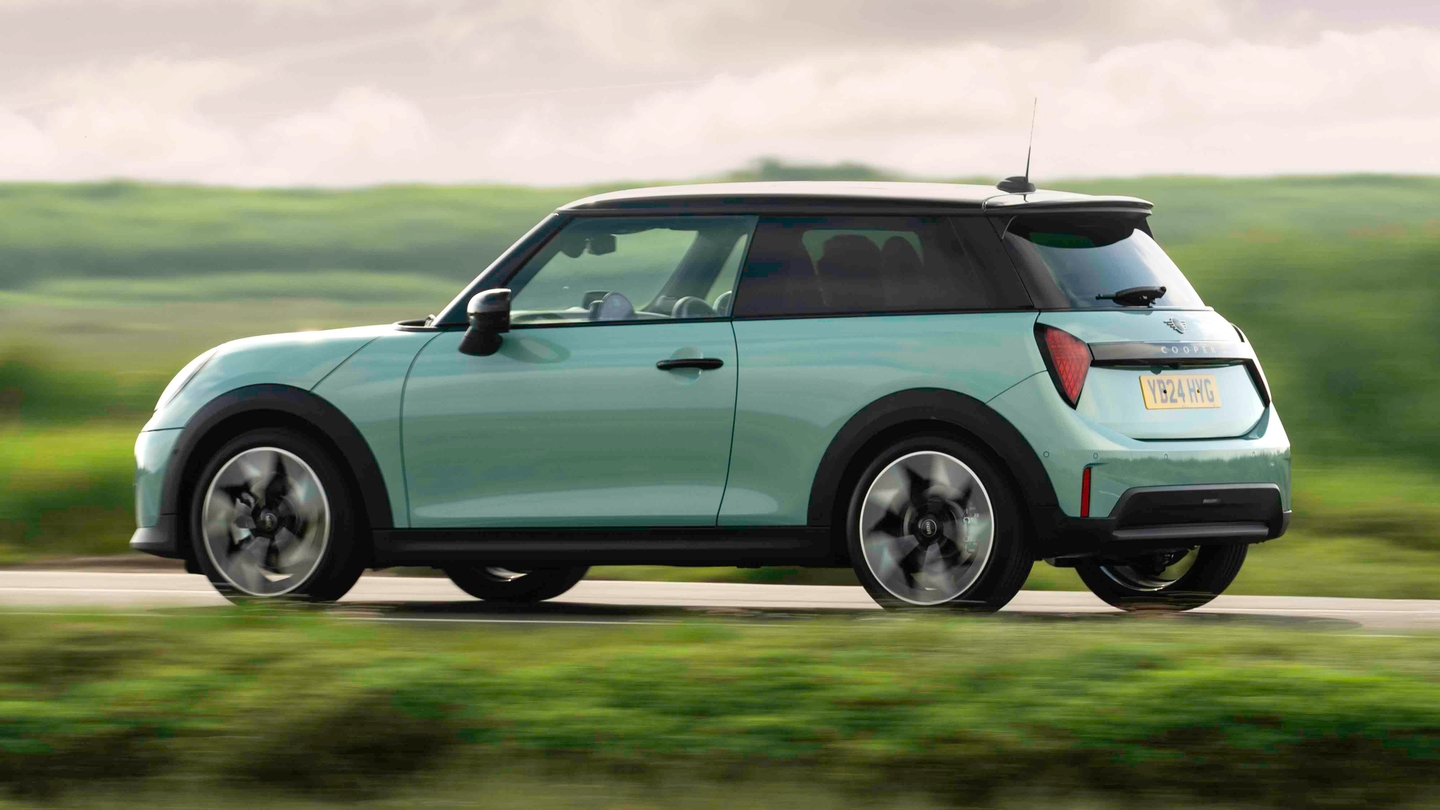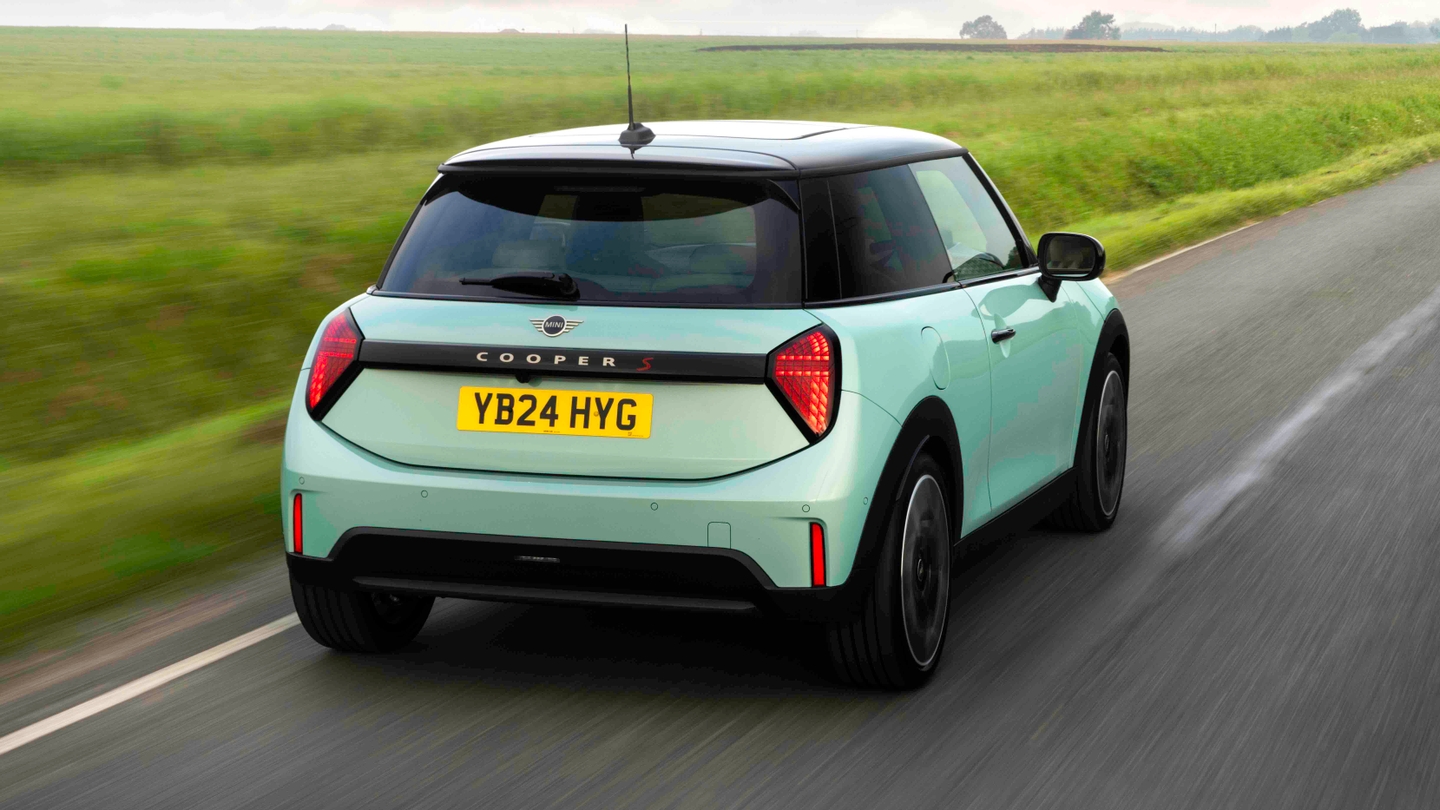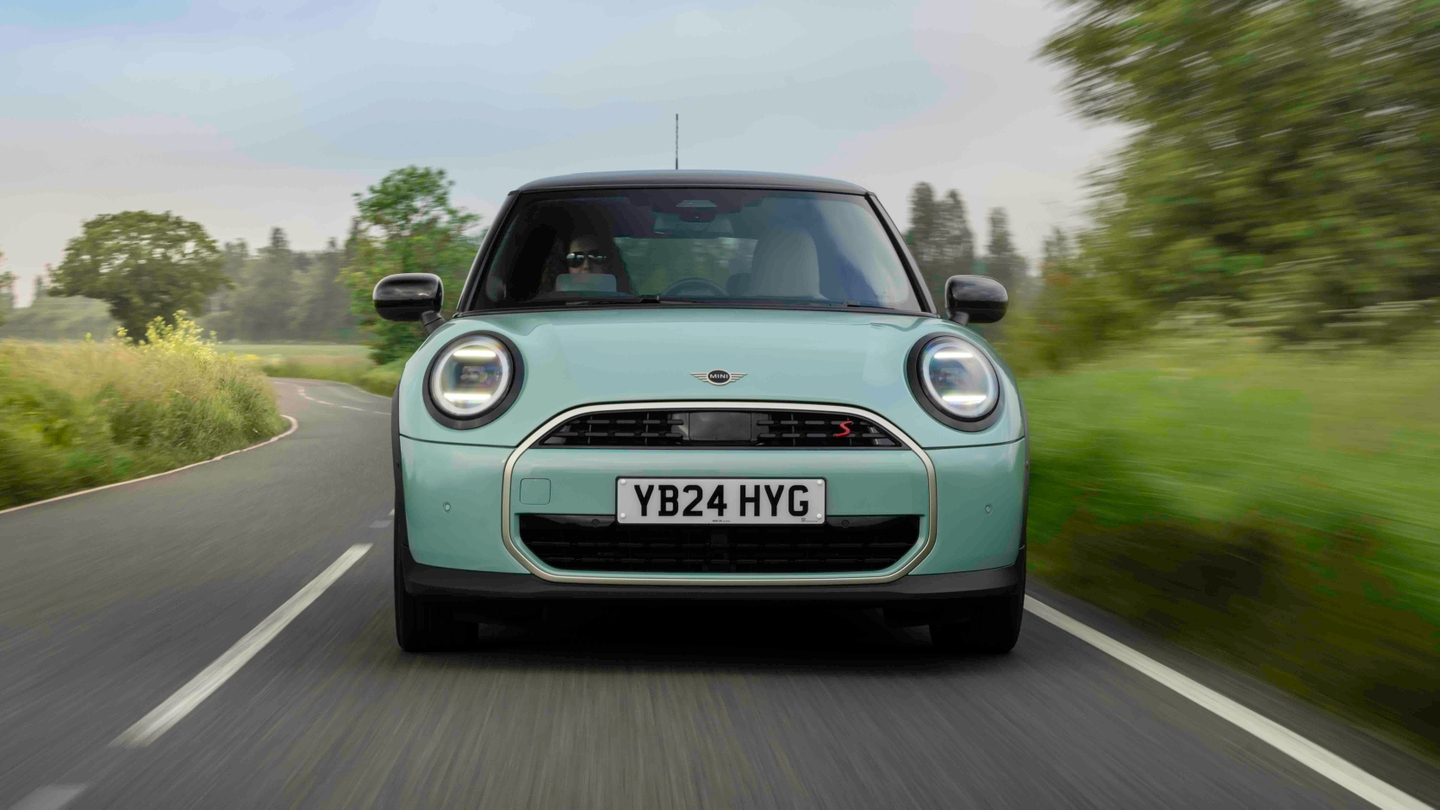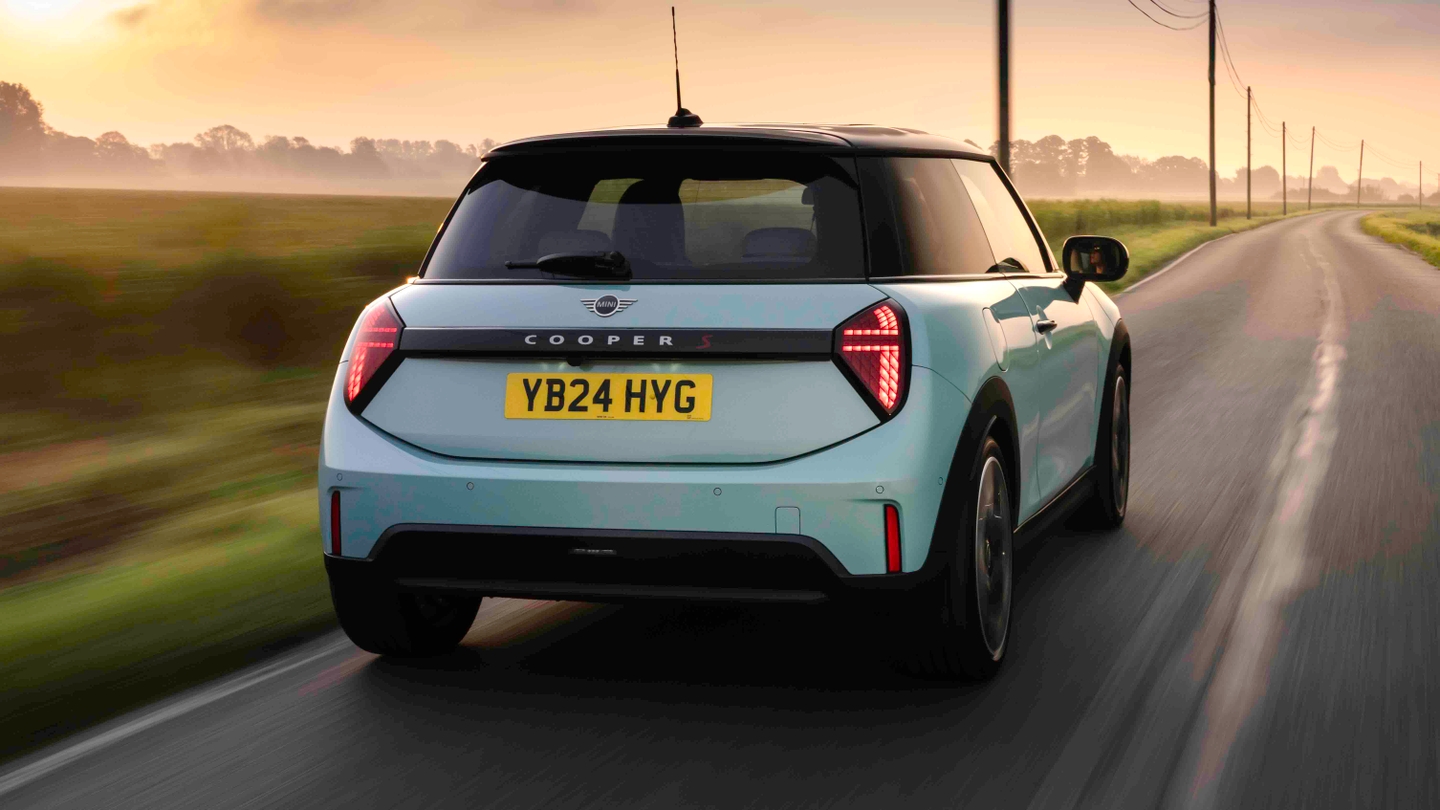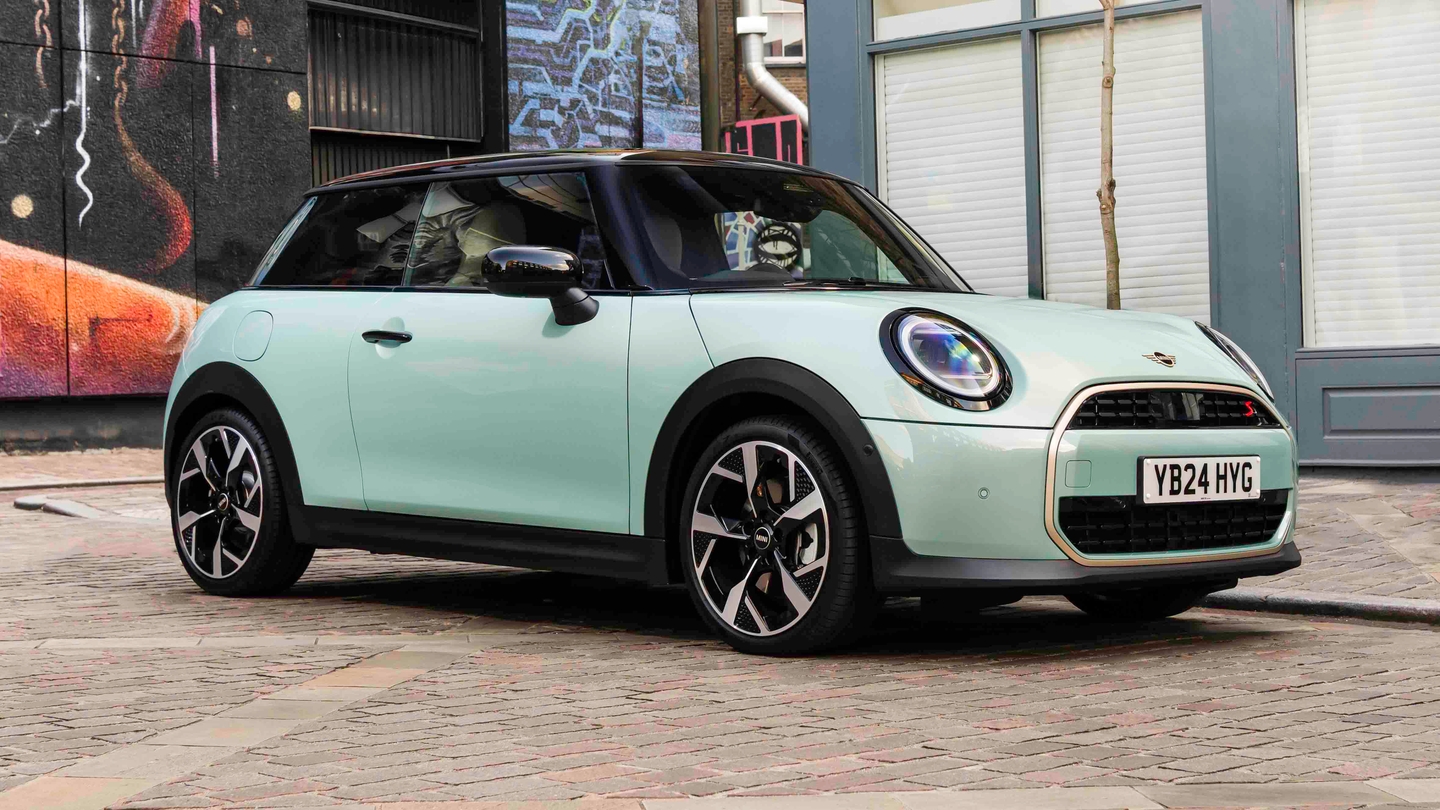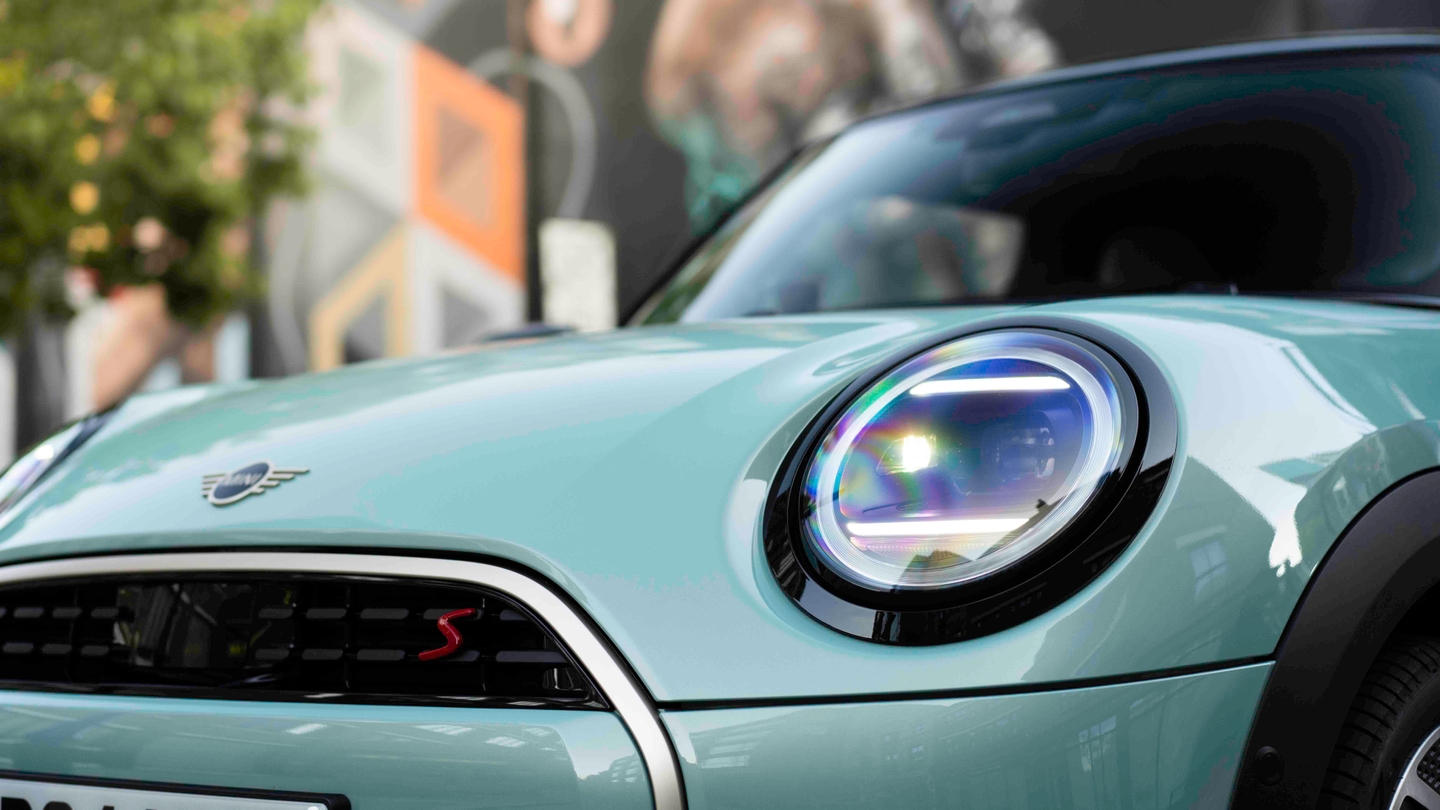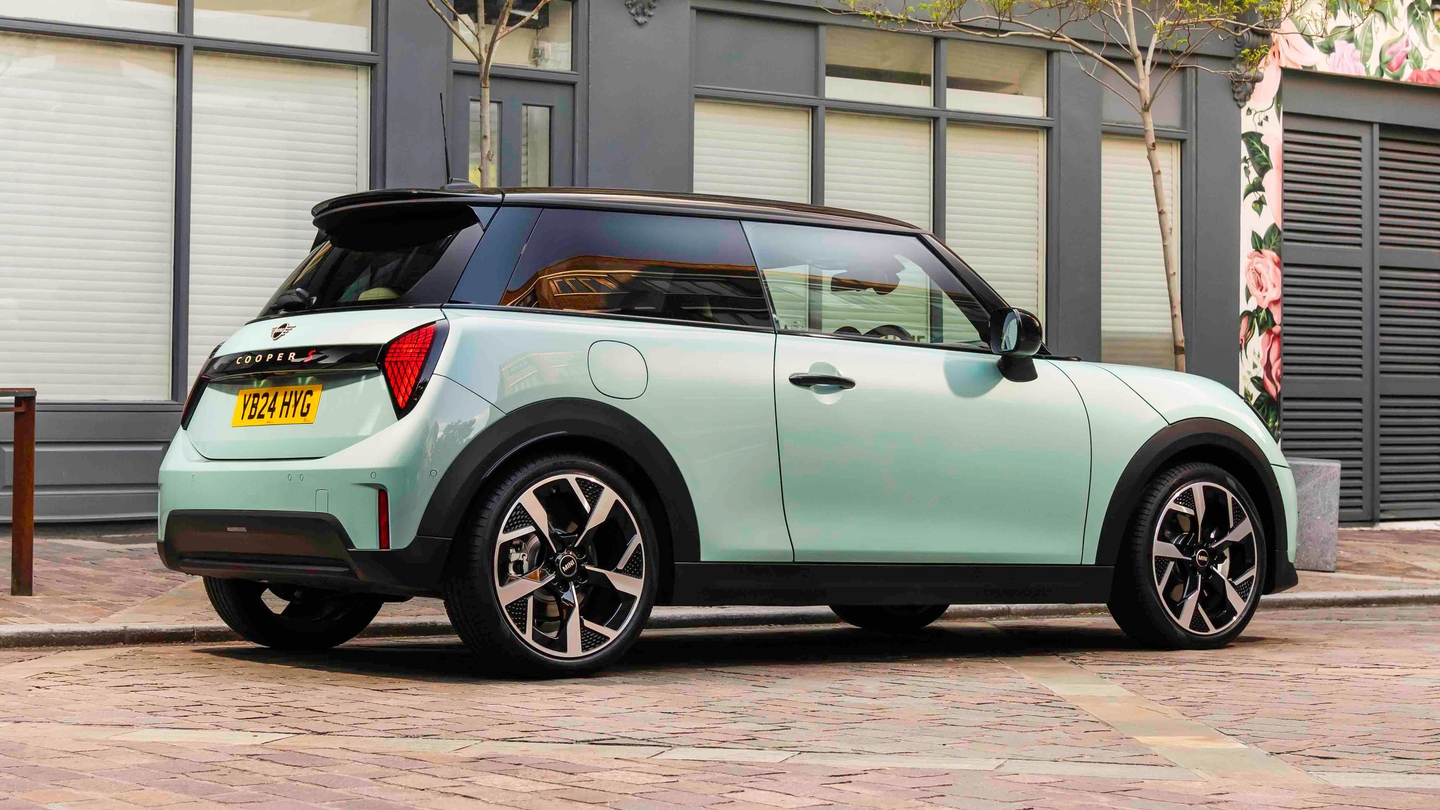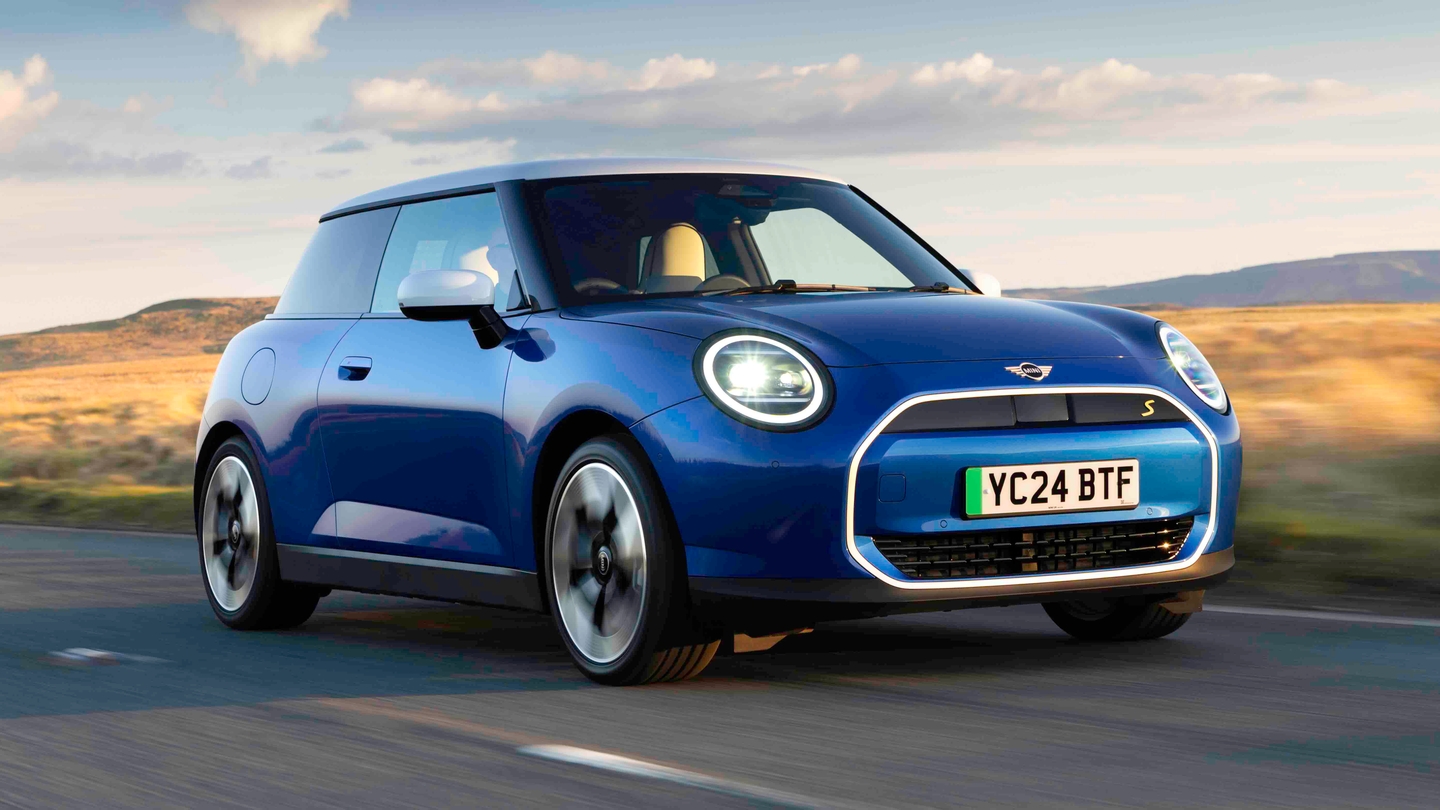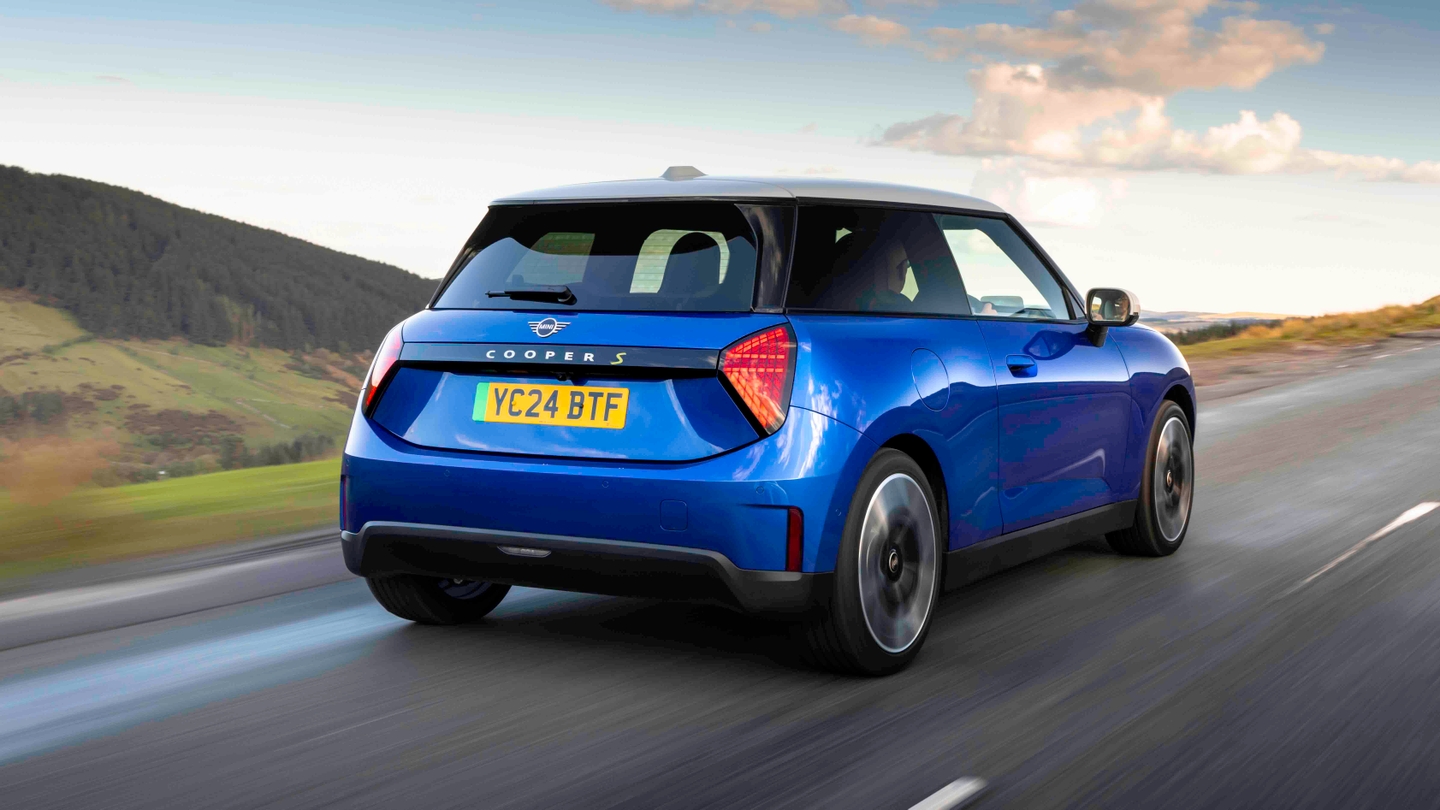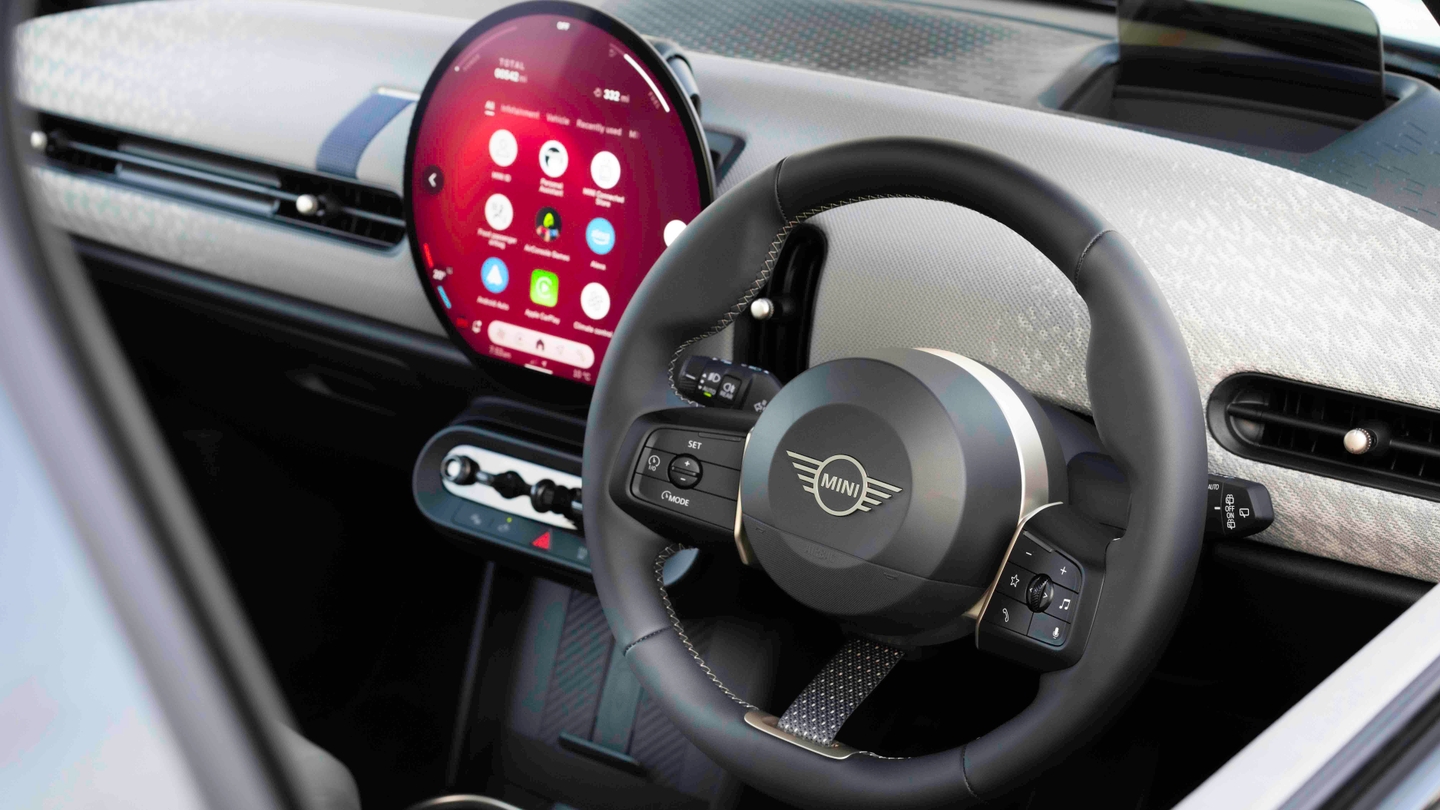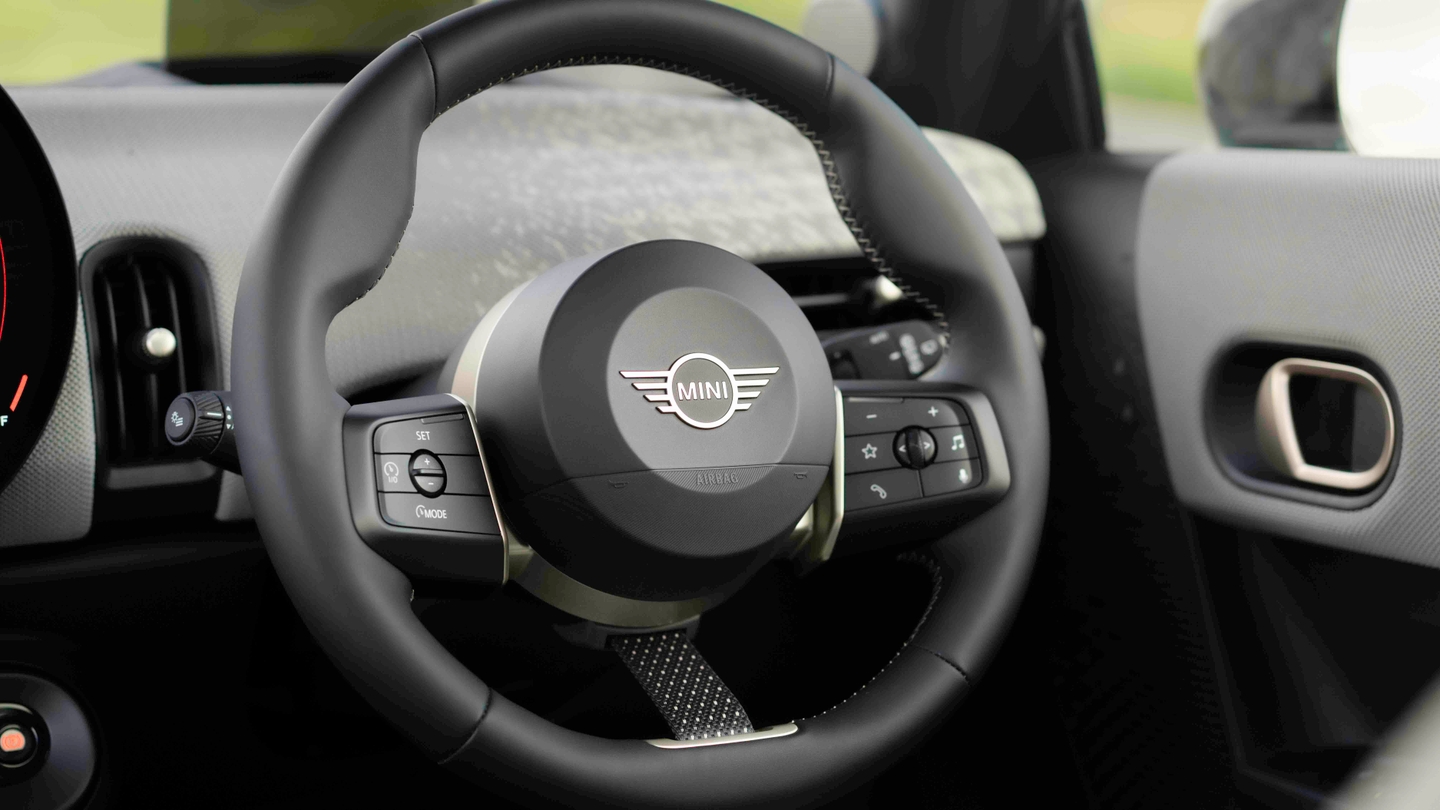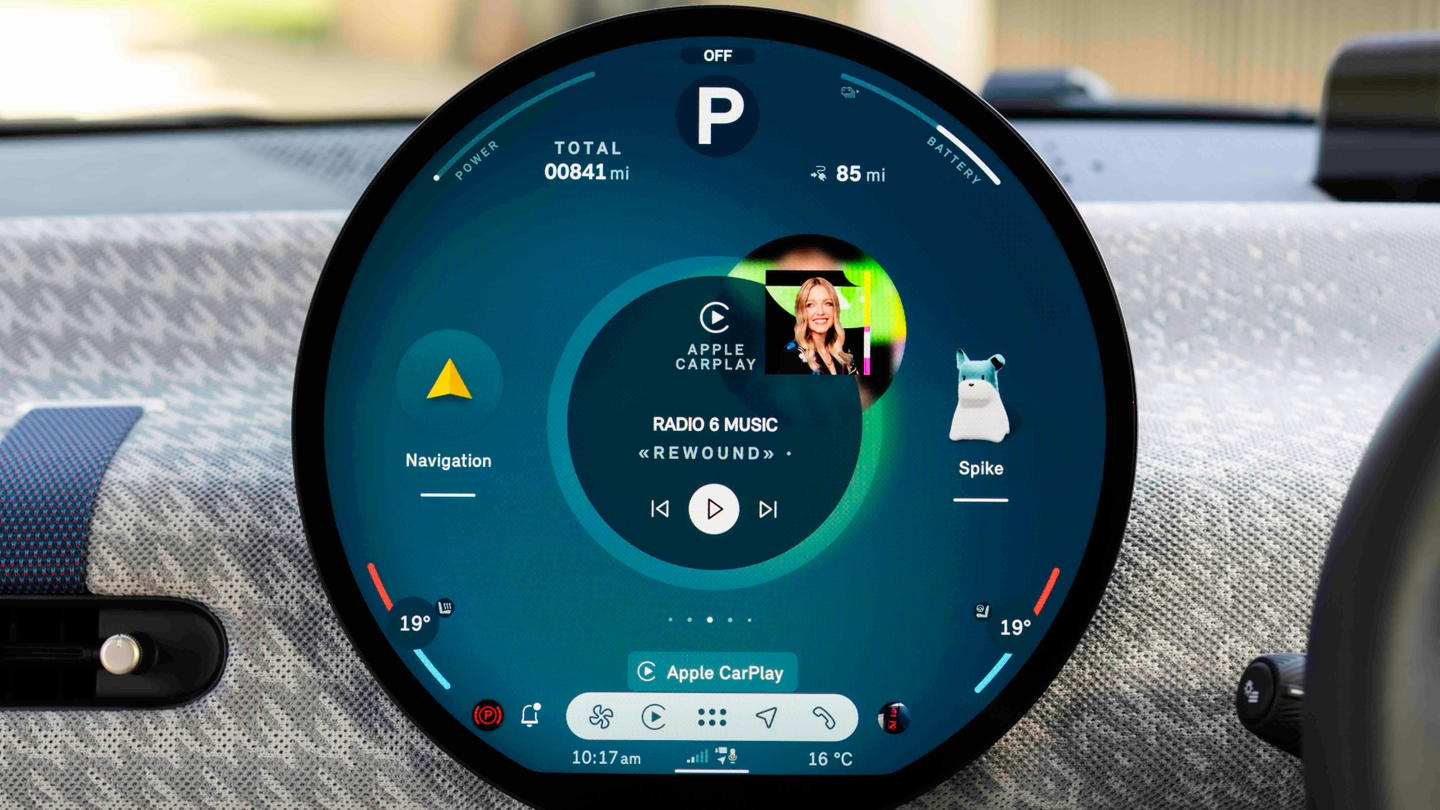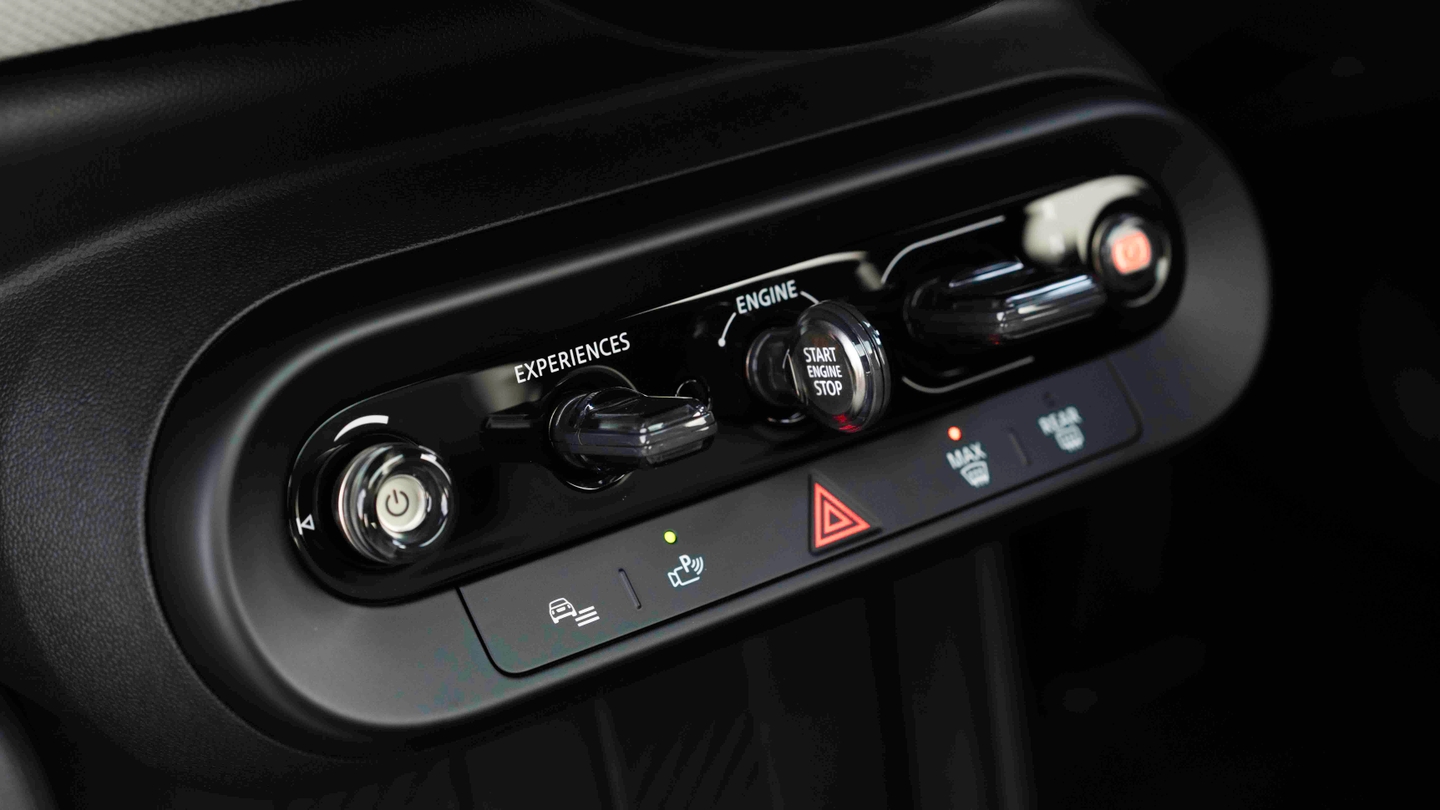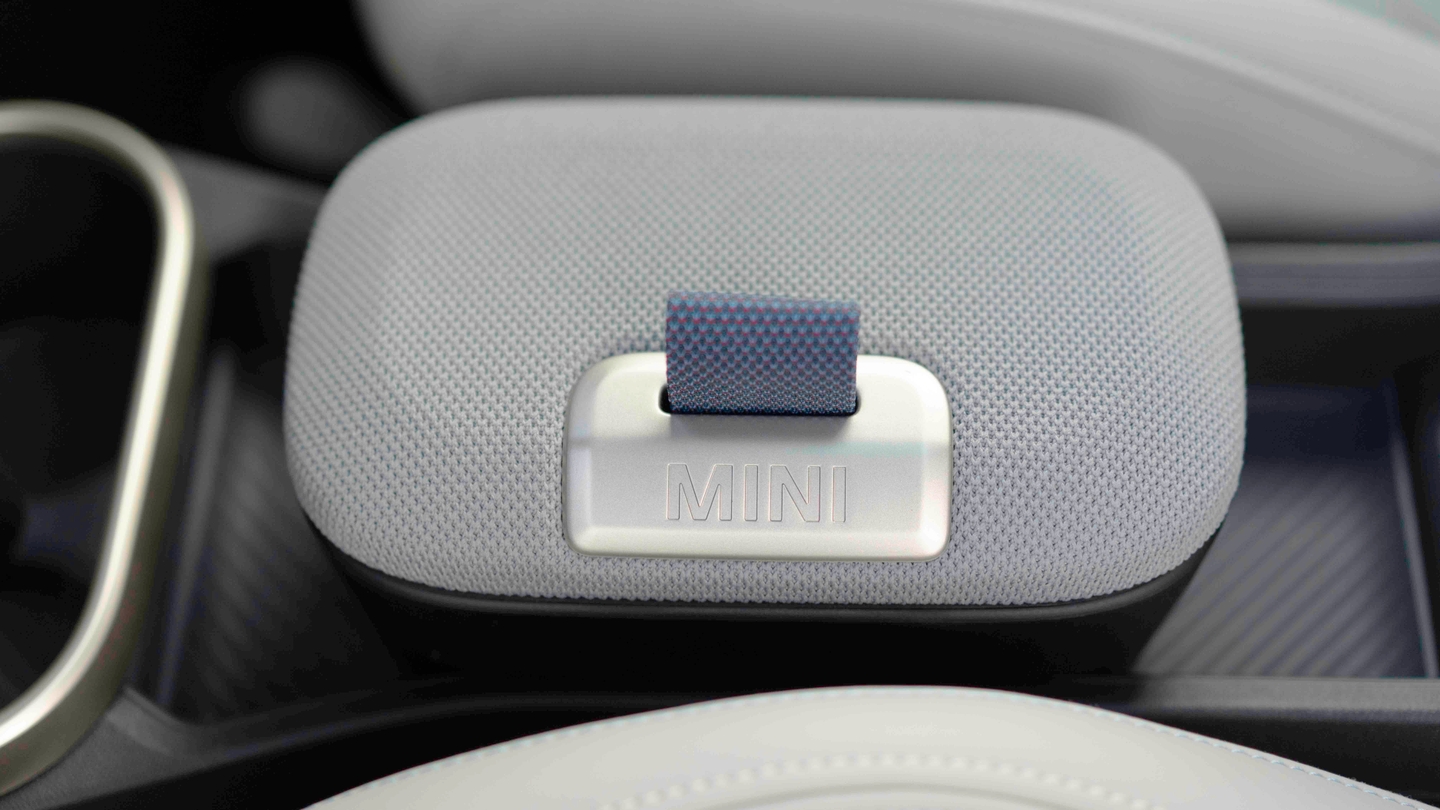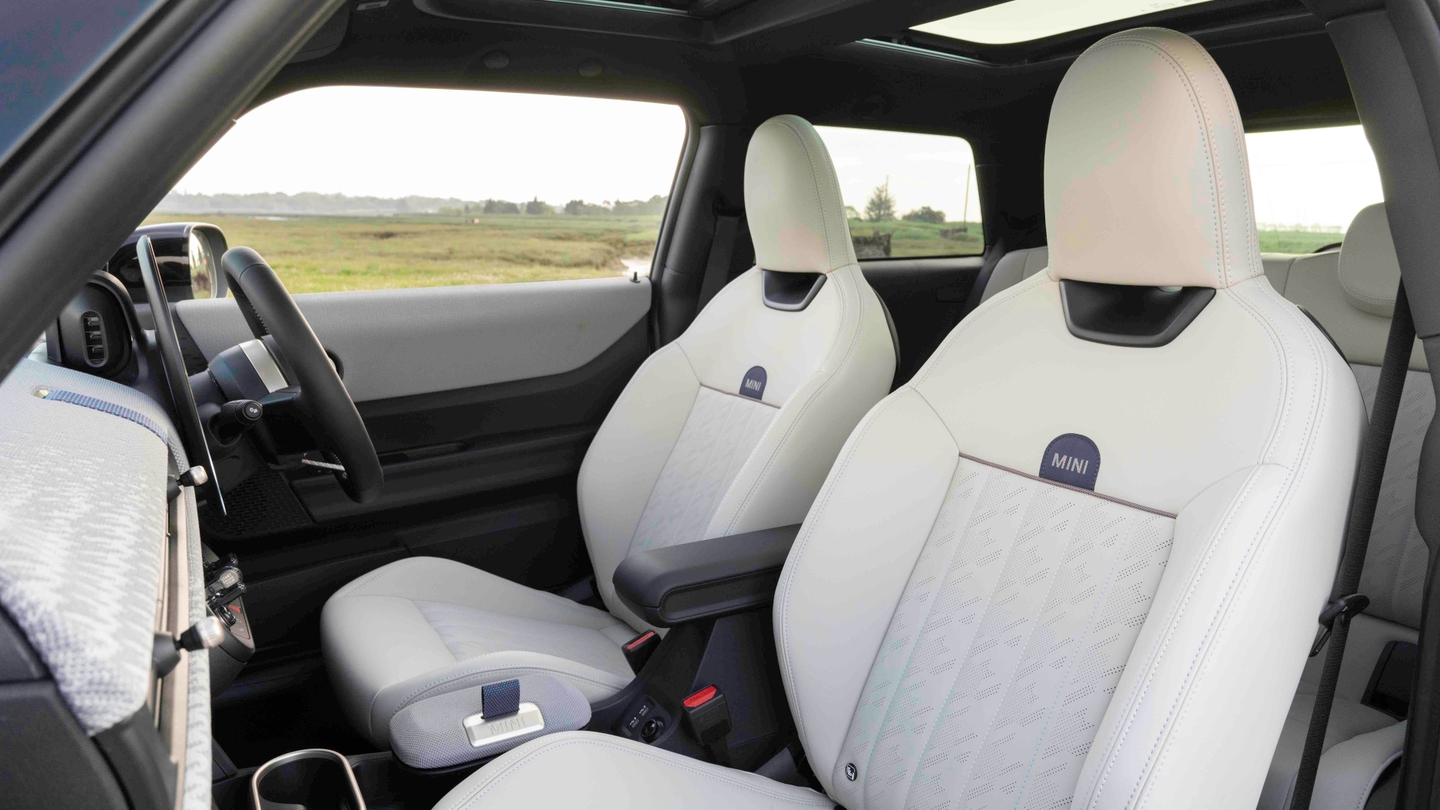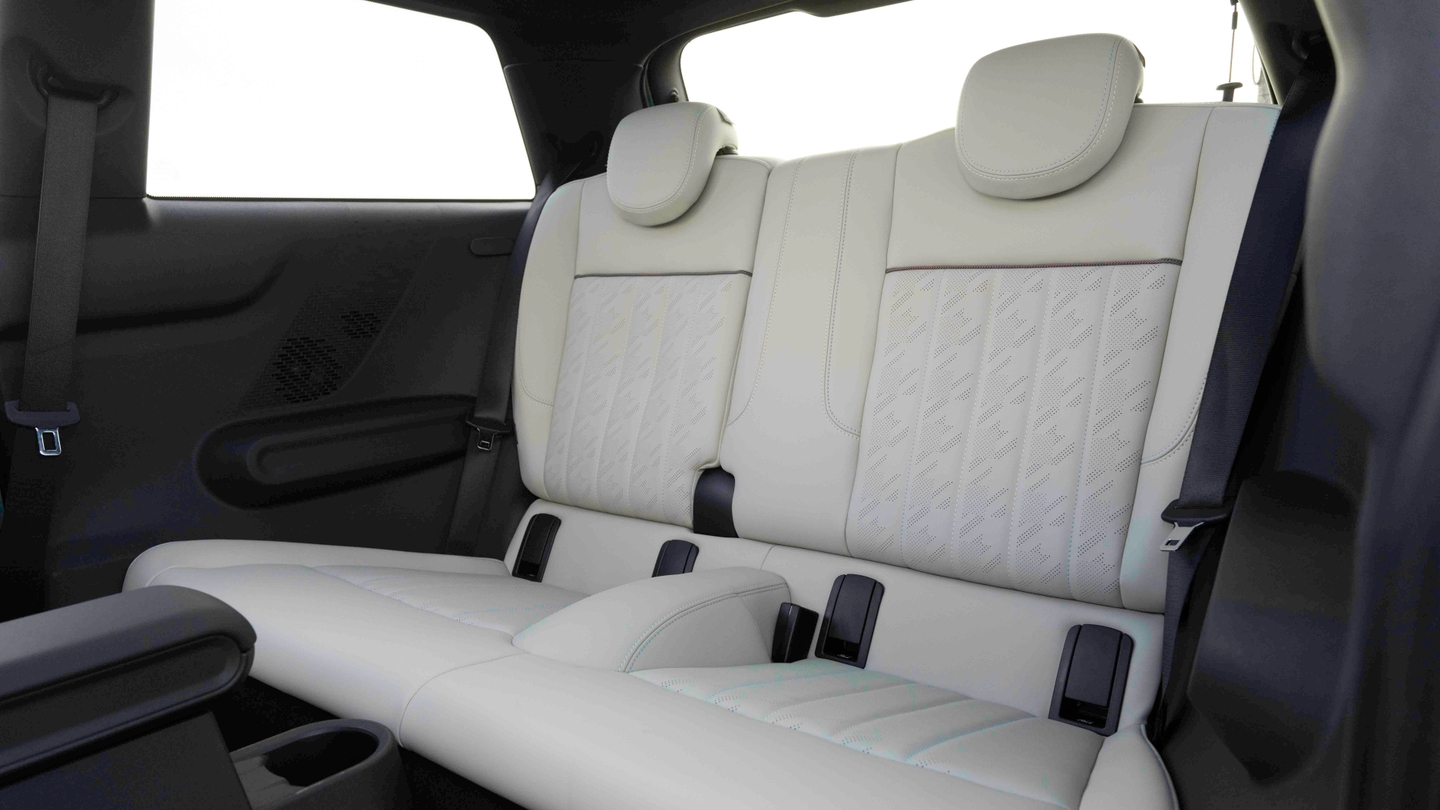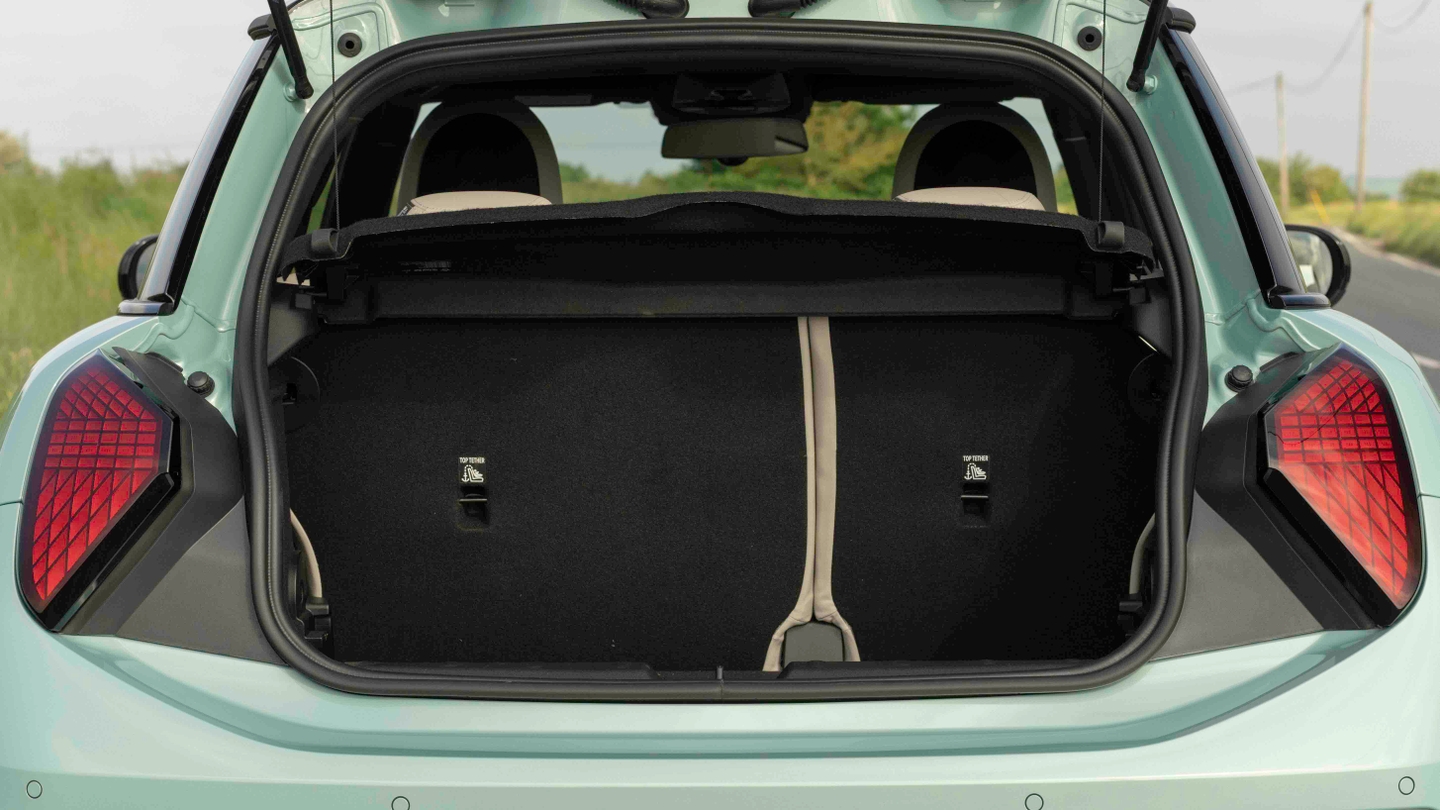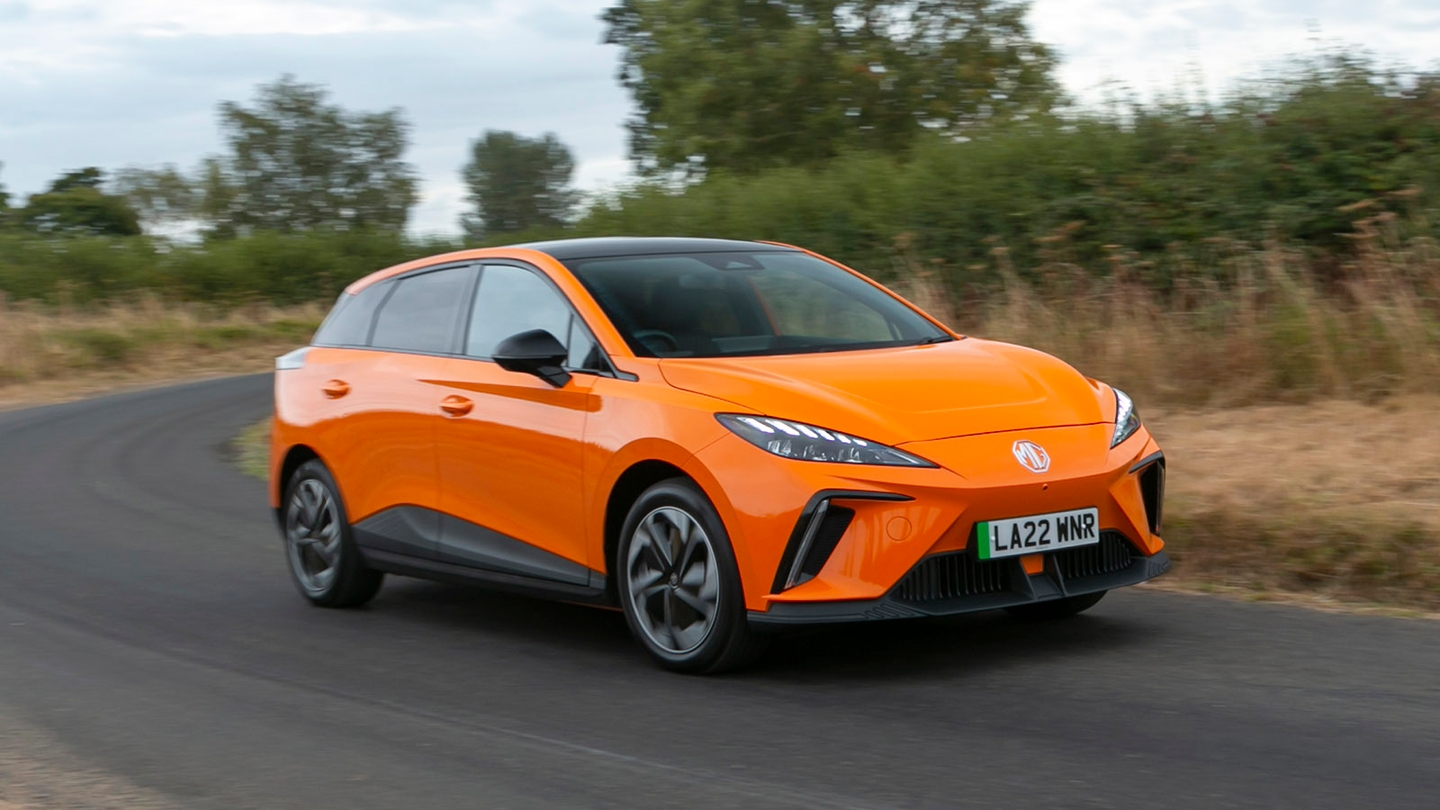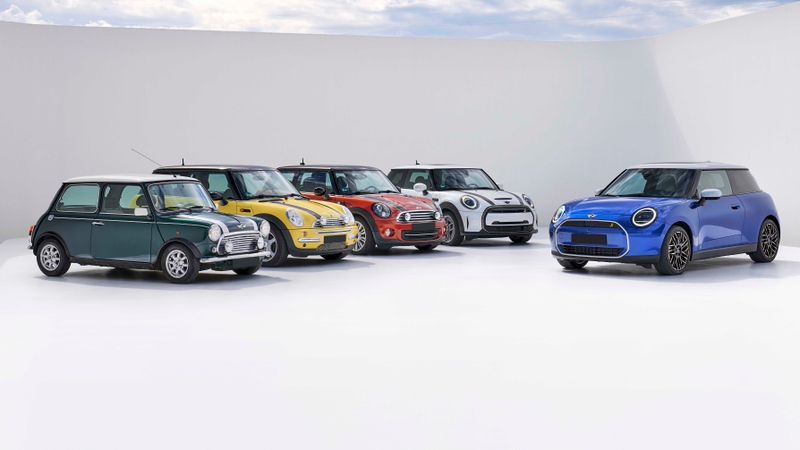
Mini Cooper engines, driving and performance
Gallery
How does the Mini Cooper drive?
Mini talks at length about all its cars having ‘go-kart’ handling, and the new Cooper isn’t the one to let the side down. It’s probably the best-driving supermini, with perfectly weighted steering, an evocative sense of agility and body control that other small cars just can’t match. Grip is strong on wet and dry roads, and it’s quite stable given that its wheelbase is short.
A tiny bit of the petrol car’s agility and tenacity is lost in the electric versions. While Mini’s engineers have done a great job on the Cooper E and SE, there’s no getting away from the fact that the electric car weighs over 400kg more than the petrol one. And roughly double what a classic Mini tips the scales at.
Even so, the Cooper SE is great fun. Its control weights are also top-notch, and it is much more agile than the majority of its electric rivals. It’s still one of the best-driving EVs full stop.

The EV’s throttle mapping is well judged, giving you the feeling of instant power without wasting it all on scrabbling wheelspin. What’s more, the combination of brake power and regen braking is well matched, giving you confidence that the car will behave how you expect on a fast road.
On the previous page, we mentioned that Mini has taken BMW’s approach to driving modes (i.e. having far too many to choose from). The Cooper SE has also borrowed BMW’s IconicSounds package that change with each mode, with options including a recreation of a petrol Cooper’s engine note piped through the speakers and a futuristic whoosh that’s right out of science fiction. They add to the experience without being obnoxiously loud like the Abarth 500e’s floor mounted boombox.
Is the Mini Cooper comfortable?
Er, no, not really. But that’s always been the case with the Mini hatchback. And buyers are generally happy to forgo a pillowy ride because the cars are so fun to drive. A Mazda MX-30 might be a better choice if you prioritise comfort over performance.
The ride is firm but not intolerable. Sharp jolts make their way into the cabin and knock you around and, if they’re bad enough, can unsettle the Cooper. That can display as a bit of squirming if you’re on the power at the time.
Heavier electric models are a bit pattery, even on smooth-looking roads, and having this in the background on a long journey could prove annoying. Smaller wheels might lessen this effect – while they don’t look as nice, the Cooper E’s standard 16-inchers should be a bit more comfortable than the biggest 18s.
What’s the best engine to get?
If you like the familiar Mini feel, go petrol. The 1.5-litre and 2.0-litre petrol engines are carried over from the old car with just a few tweaks. All get a small power boost, with the entry-level 1.5-litre ‘Cooper C’ engine jumping up to 156hp. That’s a fair bit in a small car.
Then there’s the iconic Cooper S, now with 204hp, and the fiery John Cooper Works version with 231hp. The Cooper C and S are available in restrained Classic, elegant Exclusive or racy Sport trims, while the JCW is only available in Sport trim.
A slight sore point for keen drivers is the loss of the manual gearbox option; all Coopers are now auto-only. Sport-trimmed cars and the JCWs get a quicker-shifting gearbox than Classic and Exclusive cars.

You get the same hierarchy if you choose an electric one. Standard Cooper E cars are joined by Cooper SE, and there’s even an electric JCW model for the first time. We’re yet to try this version, but near-silent electric shove seems at odds with the usually raucous JCW package.
Cooper E models get a 36.6kWh battery for a claimed range of 179-185 miles, depending on spec, while Cooper SE and e-JCW models get a bigger battery pack and a range of between 226 and 247 miles.
A standard-fit heat pump means you should be able to get fairly close to these figures in real-world driving, provided you’re careful with your accelerator inputs.
Recharge rates are 75kW for the Cooper E and 95kW for the SE, which is fine but nothing to write home about. Expect a 10-80% charge at a sufficiently powerful charger to take around half an hour. Alternatively, a 7.4kW home wallbox will have the E fully topped up in about six hours (around eight hours for the Cooper SE).
Alongside strong residual values, the Mini should bring reasonable insurance costs. The Cooper E sits in group 20 – it’s 26 for the SE – but these are both less than the GWM Ora 03 or MG4.
Mini Cooper performance
With no entry-level Mini One version on offer this time around, even the normal Cooper C is a bit overpowered for the size of the car. It takes less than eight seconds to zip from 0-62mph, so getting up to motorway speed is no problem at all. We think the Cooper C will be enough for a high proportion of customers.
The Cooper S reduces the 0-62mph sprint to a cheeky 6.6 seconds, and the petrol JCW takes another half-second chunk out of that.
But it’s the electric JCW with the fastest 0-62mph time – a scant 5.9 seconds – and we expect it’ll feel particularly quick from zero to around 40mph. As per the petrols, no e-Mini is slow; the base Cooper E takes just 7.3 seconds to complete the sprint.



